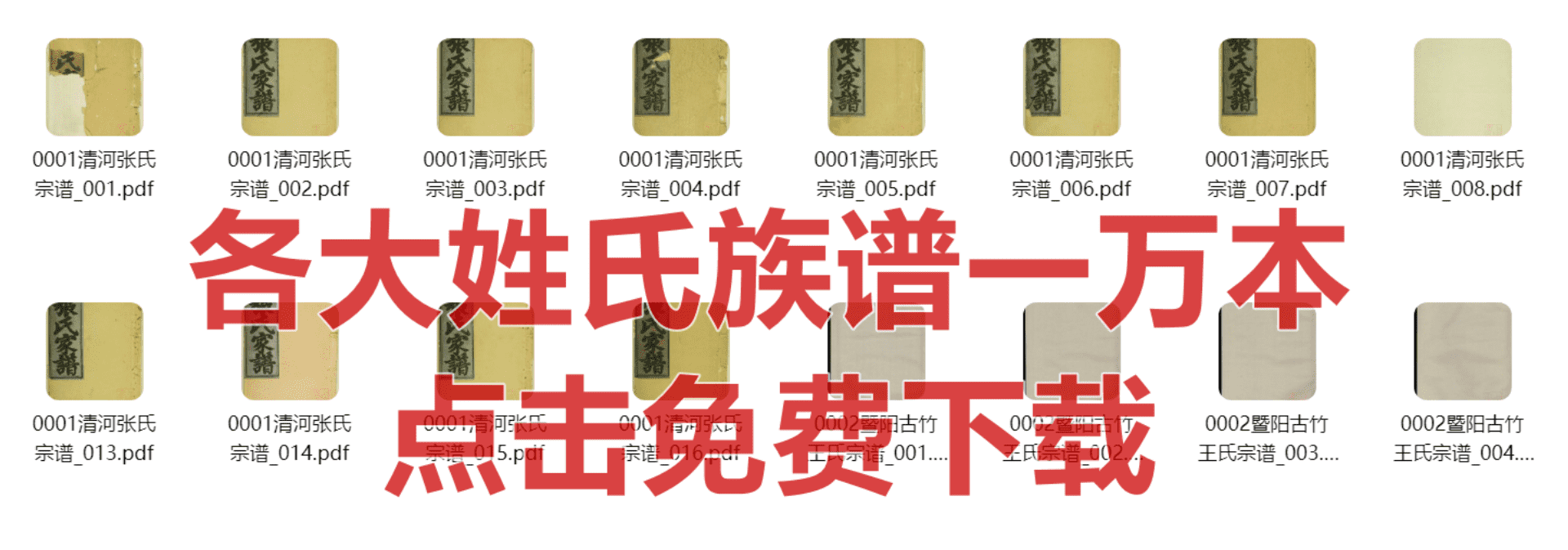How to Draw a Family Tree in English: A Comprehensive Guide
Abstract:
This article provides a detailed guide on how to draw a family tree in English. It covers the basics of family tree terminology, the structure of a family tree, and step-by-step instructions on creating a visual representation of a family's lineage. Whether you are a beginner or looking to enhance your family tree drawing skills, this guide will equip you with the necessary knowledge to create an accurate and informative family tree in English.
Understanding Family Tree Terminology
Before diving into the actual drawing process, it's essential to familiarize yourself with some key terms used in family trees. Here are some common terms you'll encounter:
- Ancestor: A person from whom you are descended.
- Descendant: A person who is descended from another person.
- Lineage: The line of descent from an ancestor.
- Parent: The person who gave birth to you.
- Child: The person's offspring.
- Siblings: Children of the same parents.
- Cousins: Nieces or nephews of one's parents or grandparents.
- Aunt and Uncle: The siblings of one's parents.
- Grandparent: The parent of one's parent.
- Great-grandparent: The parent of one's grandparent.
Understanding these terms will help you accurately represent relationships in your family tree.
Structure of a Family Tree
A family tree typically consists of a series of interconnected lines and nodes, representing individuals and their relationships. Here's a basic structure to keep in mind:
- Root: The starting point of the family tree, usually the oldest known ancestor.
- Branches: Lines extending from the root, representing different generations.
- Nodes: The points where lines intersect, representing individuals.
- Lines: Horizontal or diagonal lines connecting nodes, indicating relationships (e.g., parent-child, sibling-sibling).
Step-by-Step Instructions for Drawing a Family Tree
Step 1: Choose a Format
Decide whether you want to draw a traditional, horizontal family tree or a vertical, fan-shaped tree. Each format has its advantages, so choose the one that best suits your needs.
Step 2: Start with the Root
Begin by drawing the oldest known ancestor at the top of the page (for a vertical tree) or at the center (for a horizontal tree).
Step 3: Add Generations
Draw lines extending from the root to represent each subsequent generation. Label each line with the generation number (e.g., I, II, III).
Step 4: Add Individuals
At each node, draw a symbol or shape to represent an individual. Write their name inside the symbol or shape. For married individuals, you can draw a line connecting the nodes to indicate their marriage.
Step 5: Indicate Relationships
Use lines to connect individuals and show their relationships. For example, a horizontal line connecting a parent and child node indicates a parent-child relationship.
Step 6: Add Additional Information
Include any relevant information about each individual, such as birth and death dates, places of residence, and notable achievements.
Step 7: Review and Refine
Once you have completed the initial drawing, review it for accuracy and make any necessary adjustments.
Conclusion
Drawing a family tree in English is a rewarding way to document and preserve your family's history. By understanding the terminology, structure, and drawing process, you can create an informative and visually appealing family tree that you can share with your loved ones.
Keywords:
- Family Tree
- Ancestor
- Descendant
- Lineage
- Relationship
- Genealogy


